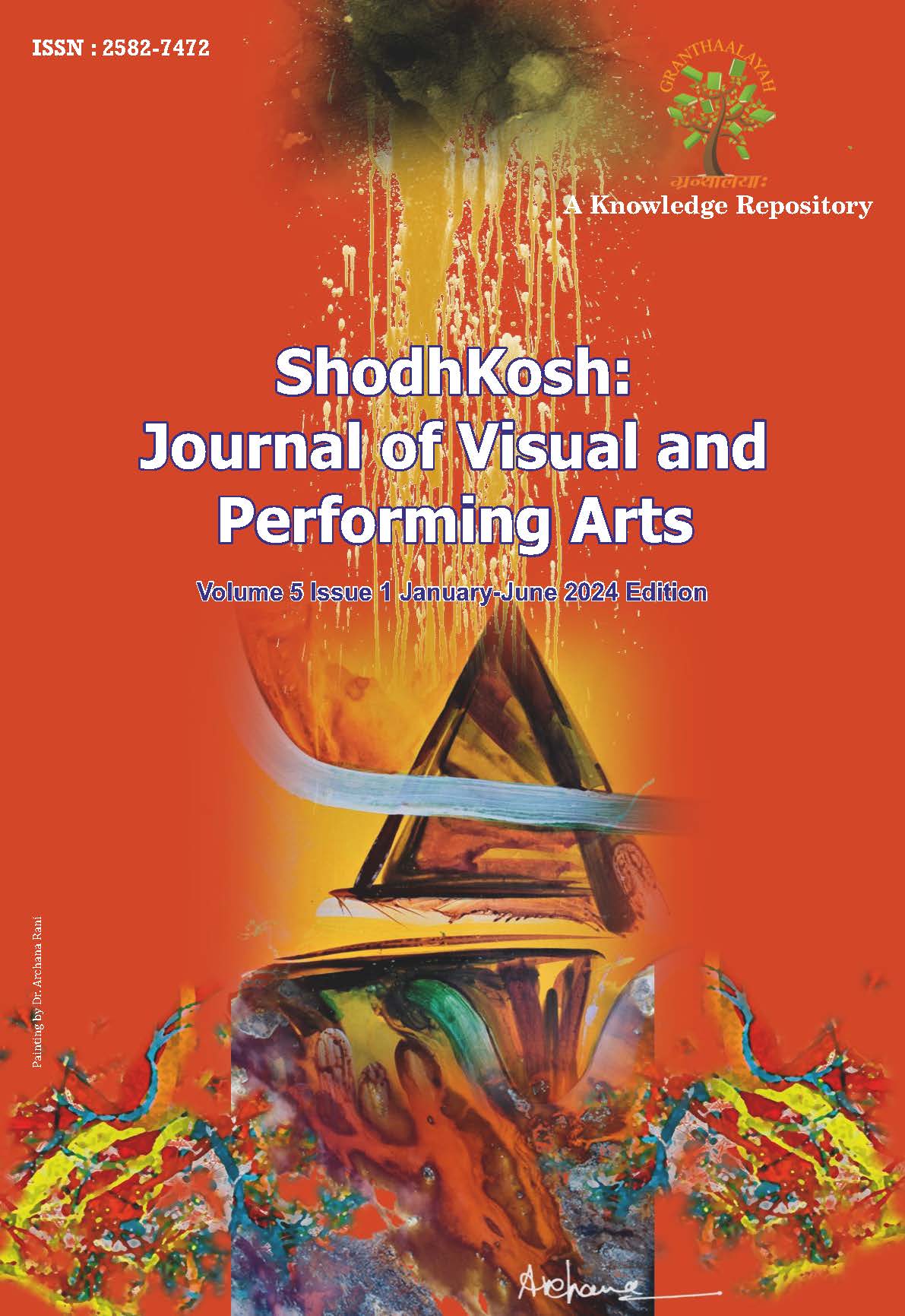THE LEADERSHIP OF AN IDEOLOGICAL MOVEMENT: A STUDY OF ‘RASHTRIYA SWAYAMSEVAK SANGH MOVEMENT’IN BHARAT
DOI:
https://doi.org/10.29121/shodhkosh.v5.i1.2024.2126Keywords:
Social Movement, Leadership, Rashtriya Swayamsevak Sangh, RSS Movement, Life HistoryAbstract [English]
A social movement without organization or leadership can hardly be thought of. The basic premise behind the analysis of leadership is that they are the chief architect of the phenomenon we call social movement and that social movement can never occur in a vacuum. Leadership in a social movement plays a major role in mobilizing the mass base. The individual who performs this task of mobilizing people for action is called the leader. Although we are accustomed to identifying a social movement with a single leader, it is more accurate to think in terms of a group of leaders often organized in a hierarchy.In the present paper, the question of leadership has been studied in the context of the ‘Rashtriya Swayamsevak Sangh Movement’.The study tries to investigate the life history of the leaders in general and founder in particular which includes various aspects such as their family background, education level, and bringing up, extraordinary talents of the leaders. Further, an attempt has been made to depict the contributions which different leaders have made to this organization. Data were collected from the available literature and interviews of knowledgeable members who themselves have been involved in the activities of movement for more than five decades.
References
Anand, A. (2019). The Saffron Surge. New Delhi: Prabhat Paperbacks.
Bhoite, U. B. (1977). "The Dalit Sahitya Movements in Maharashtra: A Sociological Analysis”. Sociological Bulletin, 60-75 , Vol.26, No.1, 60-75. DOI: https://doi.org/10.1177/0038022919770104
Damle, W. A. (1987). The Brotherhood in Saffron: The Rashtriya Swayamsevak Sangh and Hindu Revivalism. New Delhi: Vistaar Publicatio.
Damle, W. K. (2019). Messengers of Hindu Nationalism : How the RSS Reshaped India. New York: Oxford University Press.
et.al., T. B. (1993). Khaki Shorts, Saffron Flags. New Delhi: Orient Longman.
Gupta, D. (1977). The causes and constraints of an Urban Social Movement. Contributions to Indian Sociology(NS) , Vol.11,No.1,pp:69-90. DOI: https://doi.org/10.1177/006996677701100104
Gupta, K. (1974). "Religious Evolution and Social Change in India: A Study of the Ramakrishna Mission Movement". Contributions to Indian Sociology(NS) , No.8,pp:25-50. DOI: https://doi.org/10.1177/006996677400800103
Kumar, A. (2016). Yug-Nirman Movement For A New India: Holistic Transformation of Rural Life. Germany: LAP Lambert Academic Publishing.
Melucci, A. (1996). Challenging Codes. Cambridge: Cambridge University Press. DOI: https://doi.org/10.1017/CBO9780511520891
Mukherji, P. (1987). "Naxalbari Movement and the Peasant Revolt in North Bengal". In M. Rao, Social Movements in India (pp. 17-90). New Delhi: Manohar Publication.
Oommen, T. (1972). Charisma, Stability, and Change: An Analysis of Bhoodan- Gramdan Movement in India. New Delhi: Thomson Press (India) Limited.
Rao, M. (1978). Social Movements and Social Transformation: A Study of Two Backward Classes Movements In India. Delhi: Manohar Publishers.
Rao, M. (2000). Social Movements in India. New Delhi: Manohar Publishers.
Seshadri, H. V. (2017). Dr. Hedgewar, the Epoch-maker: A Biography. Bangalore: Sahitya Sindhu Prakashan.
Singh, R. (1988). "Peasant Movements in Uttar Pradesh: A Study in the politics of land and land control in Basti District. In M. Rao, Social Movements in India (pp. 91-148). New Delhi: Manohar Publication.
Sinha, R. (2015). Dr. Keshav Baliram Hedgewar Builders of Modern India. New Delhi: Publications Division, Ministry of Information and Broadcasting.
Venugopal, C. (1977). "Factor of Anti-Pollution in the Ideology of Lingayat Movement". Sociological Bulletin , Vol. 26, No. 2, pp: 227-239. DOI: https://doi.org/10.1177/0038022919770204
Downloads
Published
How to Cite
Issue
Section
License
Copyright (c) 2024 Pranay Kumar Tiwari, Alok Kumar, Akash Rathi

This work is licensed under a Creative Commons Attribution 4.0 International License.
With the licence CC-BY, authors retain the copyright, allowing anyone to download, reuse, re-print, modify, distribute, and/or copy their contribution. The work must be properly attributed to its author.
It is not necessary to ask for further permission from the author or journal board.
This journal provides immediate open access to its content on the principle that making research freely available to the public supports a greater global exchange of knowledge.































